The allure of a scientific utopia has haunted human imagination for centuries, a shimmering mirage where technology eradicates suffering and engineers perfect societies. Yet this vision—often termed techno-solutionism—follows a curious historical rhythm: grand promises, partial triumphs, unintended consequences, and disillusionment. From the industrial revolution to the AI era, each cycle of technological euphoria collides with the messy realities of human nature and systemic complexity. The pattern repeats, but we rarely learn.
In the 19th century, steam engines and factories were heralded as liberators. The Luddites, those maligned machine-breakers, saw darker truths: technologies could displace livelihoods as easily as they multiplied goods. Later, electrification and mass production birthed visions of leisure-filled futures—only to deliver assembly lines and the existential dread of purposeless abundance. The atomic age swung between promises of limitless energy and the specter of annihilation. Today’s Silicon Valley iteration—algorithmic governance, AI doctors, blockchain utopias—echoes these old scripts with new jargon.
Why does this cycle persist? One might blame the seduction of reductionist thinking. Complex societal problems—inequality, climate collapse, mental health—are framed as engineering puzzles. This ignores the cultural, economic, and psychological dimensions that resist tidy solutions. The 20th century’s faith in urban planning as social engineering gave us both Brasília’s modernist beauty and the dehumanizing sprawl of housing projects. Green Revolution crops fed billions while decimating soil microbiomes. Every "solution" begets new problems, often disproportionately borne by the marginalized.
Consider transhumanism’s current fervor. Cryonics, neural implants, and genetic editing promise to conquer mortality itself. Yet these technologies whisper uncomfortable questions: Who gets to upgrade? What happens to those left behind? The 18th century’s philosophes dreamed of reason perfecting mankind; today’s rationalists code AI gods. Both share a hubris—the belief that human flaws are bugs to be patched rather than intrinsic to our condition. History suggests such projects often amplify existing power structures rather than dissolve them.
Even the internet—that great democratizer—followed the script. Early cyber-utopians envisioned borderless knowledge-sharing. What emerged? Surveillance capitalism, algorithmic radicalization, attention economies that reward outrage. The tools designed to connect us now fray democracies. This isn’t technological determinism; it’s the recurring collision between tools and the societies that wield them. As Langdon Winner observed, technologies are forms of life, carrying implicit politics in their design.
The climate crisis presents the starkest test of techno-solutionism. Geoengineering proposals—stratospheric aerosols, ocean iron fertilization—dangle planetary quick fixes. Yet manipulating Earth’s systems risks cascading disruptions we can’t predict. Renewable energy transitions, while essential, won’t resolve overconsumption’s root causes. Like a doctor treating symptoms while ignoring the disease, we grasp for silver bullets because systemic change feels impossible. Here, the cycle’s danger becomes clear: faith in future inventions justifies present inaction.
Perhaps the pattern’s persistence stems from deeper human yearnings. Utopias fulfill a psychological need for hope amid chaos. Technologies offer tangible progress markers—a vaccine developed, a solar panel installed—unlike the nebulous work of addressing greed or tribalism. The Enlightenment’s scientism mutated into Silicon Valley’s "move fast and break things," both assuming moral progress follows technical advancement. Yet Auschwitz was industrialized; social media was weaponized. Tools magnify human intentions; they don’t purify them.
Breaking the cycle requires humility. Not abandoning innovation, but recognizing its limits. The appropriate technology movement of the 1970s—small-scale, context-aware solutions—hinted at alternatives. Today’s degrowth and circular economy philosophies challenge the growth paradigm itself. Some problems demand political courage, not better gadgets. Others need diverse wisdom—Indigenous land practices, for instance—that predate Silicon Valley by millennia.
The scientific utopia endures because it’s beautiful. Who wouldn’t want a world without disease or drudgery? But history teaches that paradise engineered from above often becomes a gilded cage. The exit lies not in rejecting technology, but in seeing it as one thread in humanity’s tapestry—not the loom itself. After five centuries of repeating this pattern, perhaps we’re ready to write a new story.
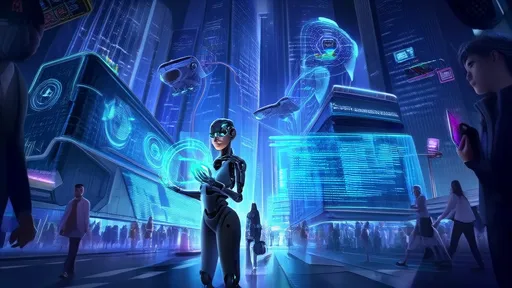
By /Jul 2, 2025

By /Jul 2, 2025

By /Jul 2, 2025

By /Jul 2, 2025
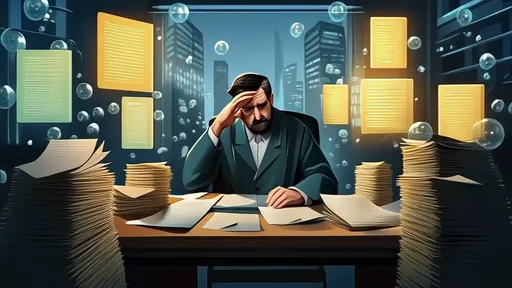
By /Jul 2, 2025

By /Jul 2, 2025

By /Jul 2, 2025
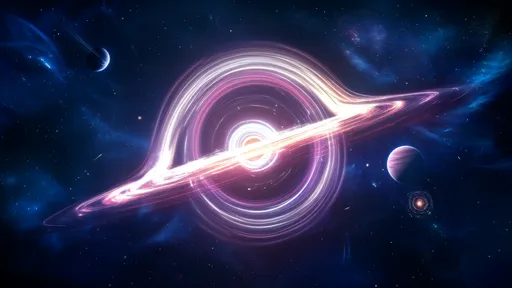
By /Jul 2, 2025

By /Jul 2, 2025

By /Jul 2, 2025

By /Jul 2, 2025

By /Jul 2, 2025
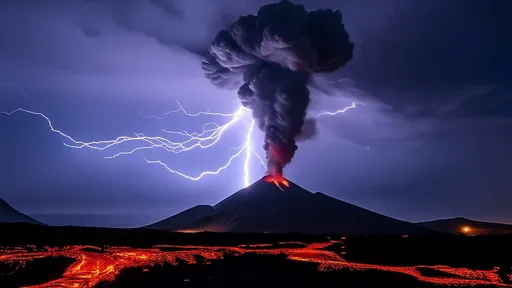
By /Jul 2, 2025

By /Jul 2, 2025

By /Jul 2, 2025

By /Jul 2, 2025

By /Jul 2, 2025
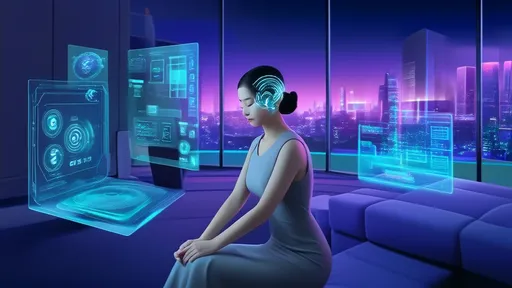
By /Jul 2, 2025
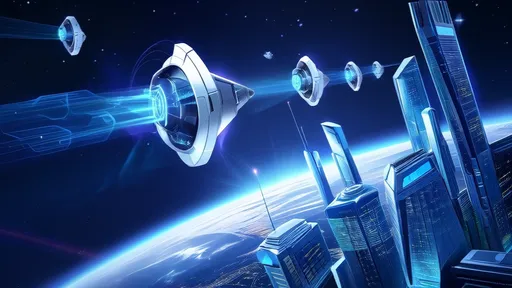
By /Jul 2, 2025
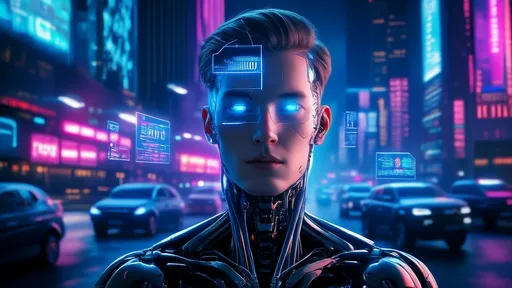
By /Jul 2, 2025